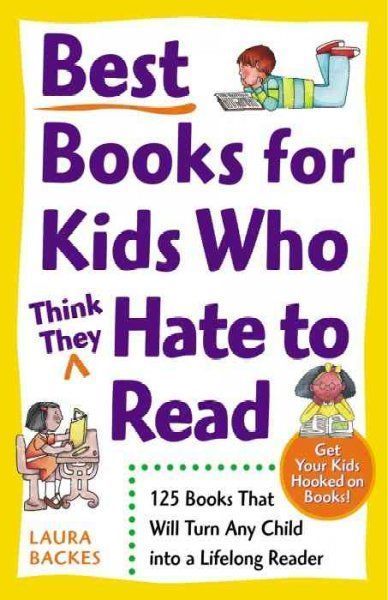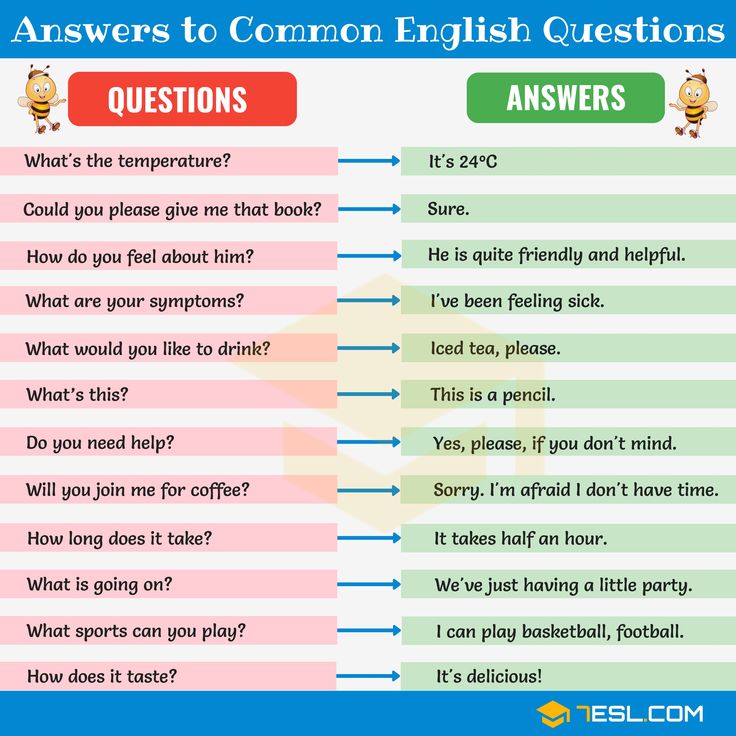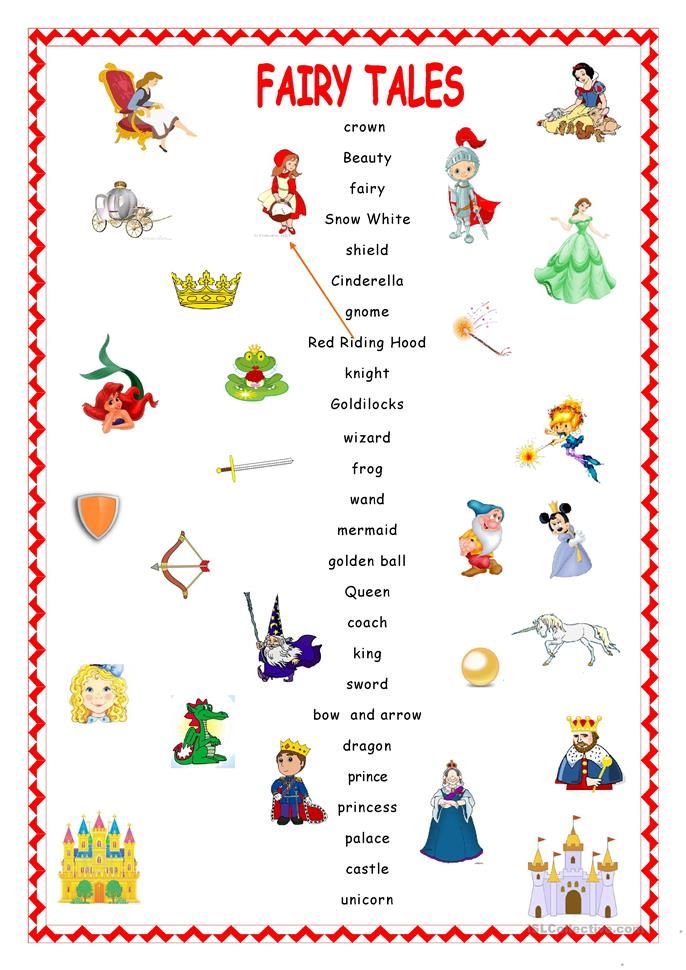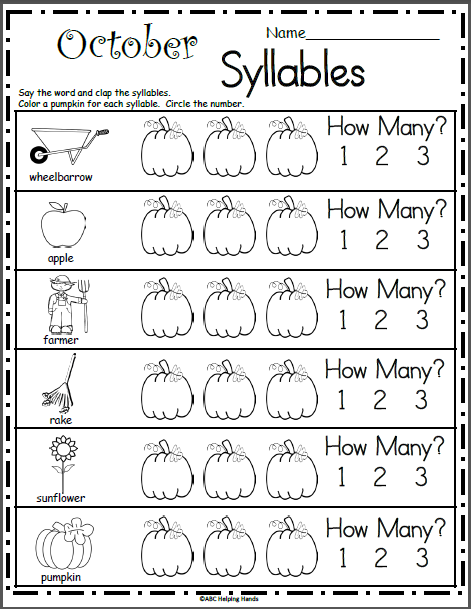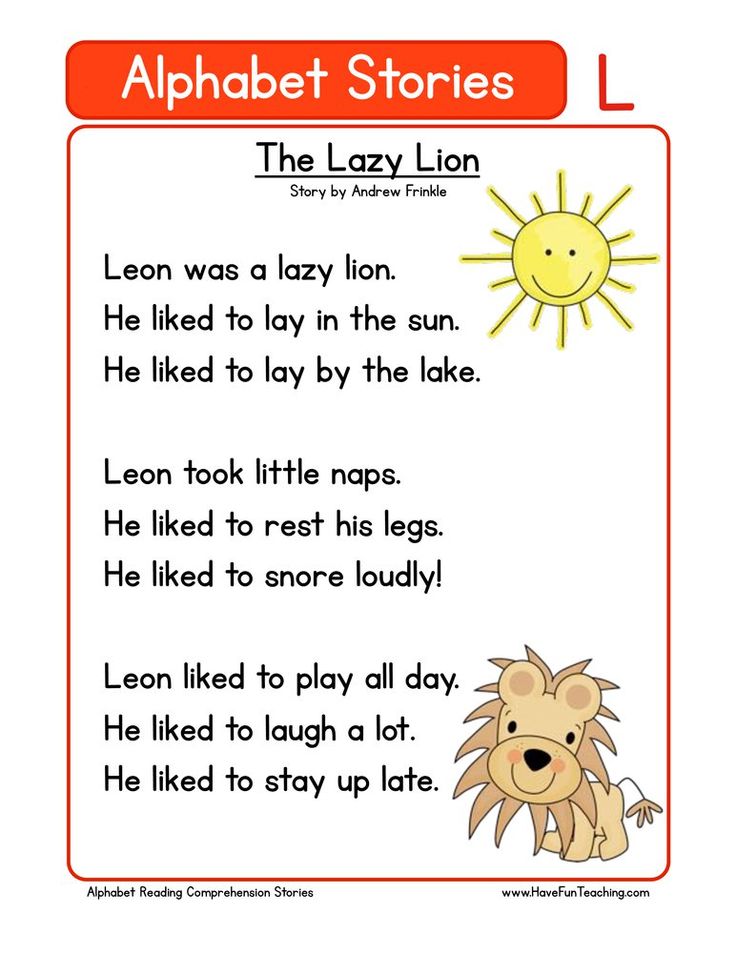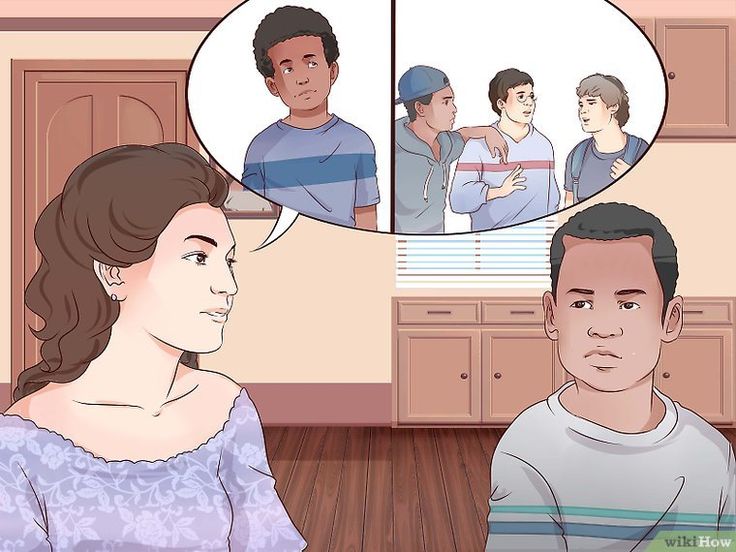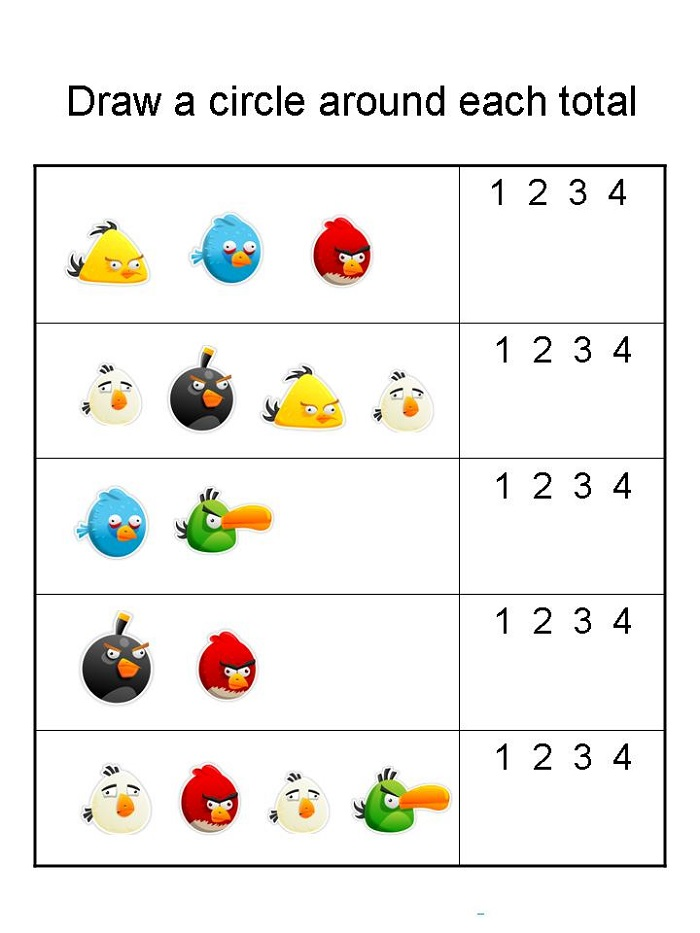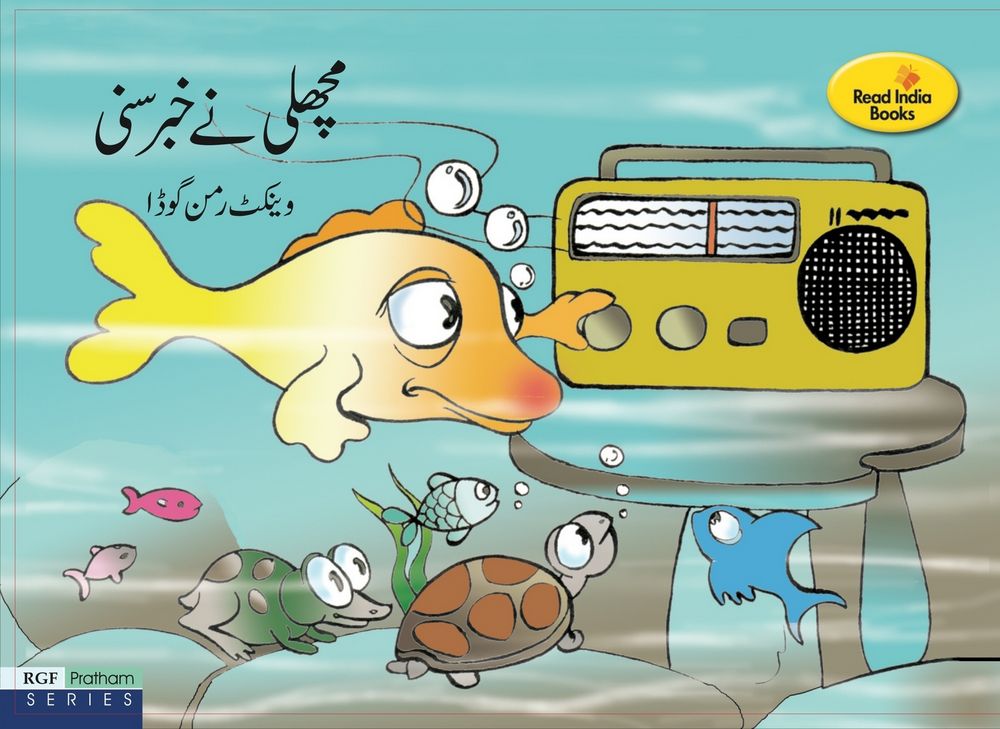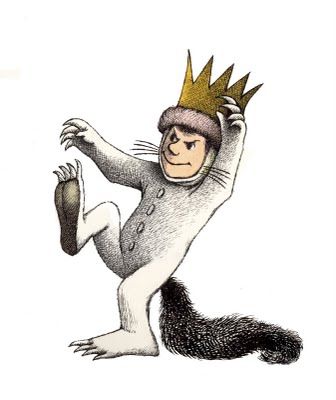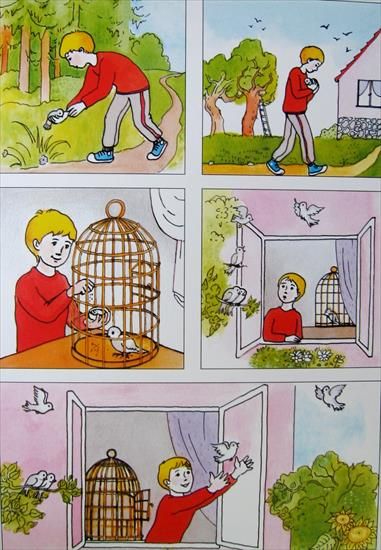Red day song
45 songs about the color red for toddlers
by Alexa
Learn colors with this fun list of color songs for the color red. Pair it with your favorite sensory activity and go on a deep dive of learning the color red.
Grab your favorite play scarf and let’s get singing!
Spotify Playlist for songs about the color red
Here is a quick playlist for all the songs we love about the color red. Save it and play it often for different activities related to colors, shapes, numbers and daily objects you can use to help your toddler in his/ her learning process.
Spotify playlist for songs about the color reddescriptive songs about the color red about food
These types of songs are perfect to practice during meals. You can encourage your toddler to point out, memorize, and name out loud the food he/she is eating, especially if it is red. Every morning during breakfast you can play this song to study and check if your toddler can recognize colors in things.
spelling songs
If your toddler is in the stage of learning to pronounce correctly letters and small words, these songs are perfect for it. They will help you to practice in a fun way to spell and how to pronounce the name of colors. Also, you´ll find a special track for colors in Spanish below.
Red, rojo
Descriptive songs about different colors
Is not only about red. These songs are specially made to practice the recognition of daily objects in other colors, the primary colors to start (yellow, blue, and red). This song will help your toddler to see and identify the color of things he/she sees daily kike dresses, hats, flowers, cars, food all in one song.
songs about the color red daily objectsThis playlist of songs about the color red is focused only on daily objects in Red.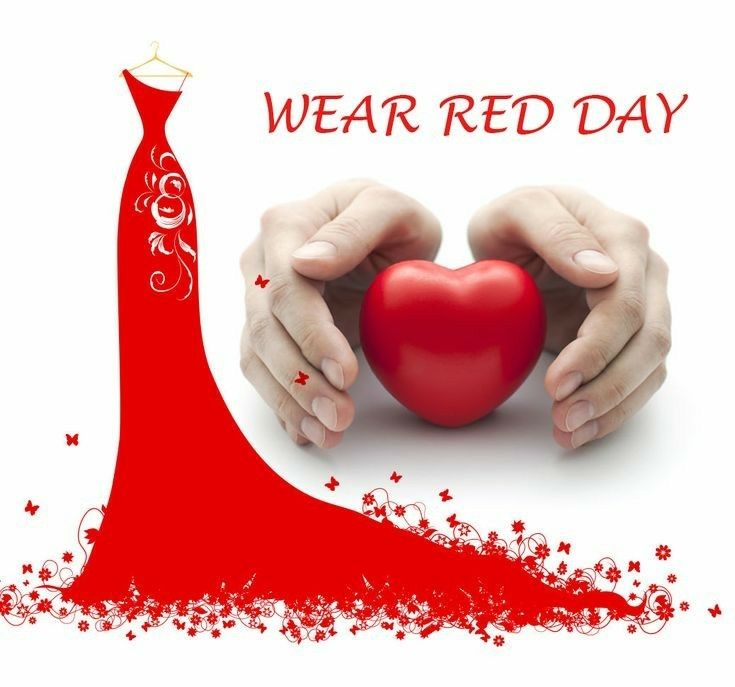 If you are teaching your kid only this color, I suggest you practice the recognition game with these songs. Also, you can add cards to play games as the song names things. It is a fun way to activate your toddler´s memory, pronunciation, and vocabulary.
If you are teaching your kid only this color, I suggest you practice the recognition game with these songs. Also, you can add cards to play games as the song names things. It is a fun way to activate your toddler´s memory, pronunciation, and vocabulary.
Songs about means of transport
These songs are specifically made to call means of transport. They are perfect to play games with toys you have at home like little cars, trains, or trucks. If your toddler is really into cars and those things, these songs are perfect! You can encourage him (or her) to see the different colors in each car o truck he/she sees in his playroom or the streets. You need to handle the games and the learning process outside the house (not only in his/her comfort zone). These songs will inspire you and give you ideas to play and have fun with your kid.
songs about colors and shapes
These songs are perfect for lear two important things: colors and shapes. You can combine them with games with cards and things to learn the shape of things like fruits, flowers, toys, and daily stuff. Also, they are perfect to start the recognition process of sizes.
Singing, dancing and colors
Having fun it´s a very important part of the learning process.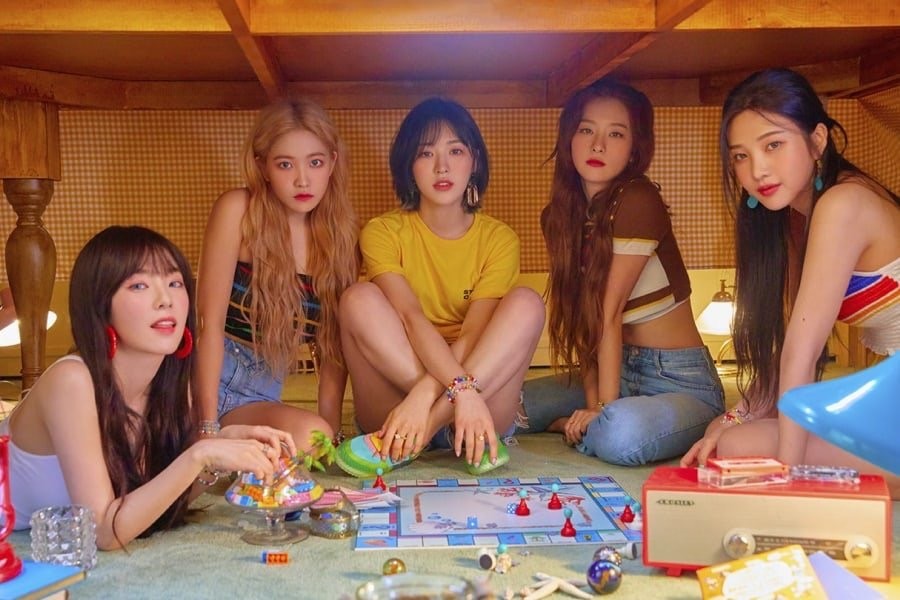 We all know the benefits of music in the learning process of a human being. This is a playlist you can use to encourage your toddler, to move her/ his body, and HAVE FUN. Also, I find these activities perfect to bond with your kid, so, take a special time during the day to play with them and enjoy them!
We all know the benefits of music in the learning process of a human being. This is a playlist you can use to encourage your toddler, to move her/ his body, and HAVE FUN. Also, I find these activities perfect to bond with your kid, so, take a special time during the day to play with them and enjoy them!
Songs about flowers (to play in the garden)
If you have a garden at home, these songs are perfect for you. Take your toddler outside and start practicing colors, shapes, and sizes with them.
Songs about colors and number
I particularly enjoy this type of song because allows me to practice many things at the same time: colors, shapes, and numbers.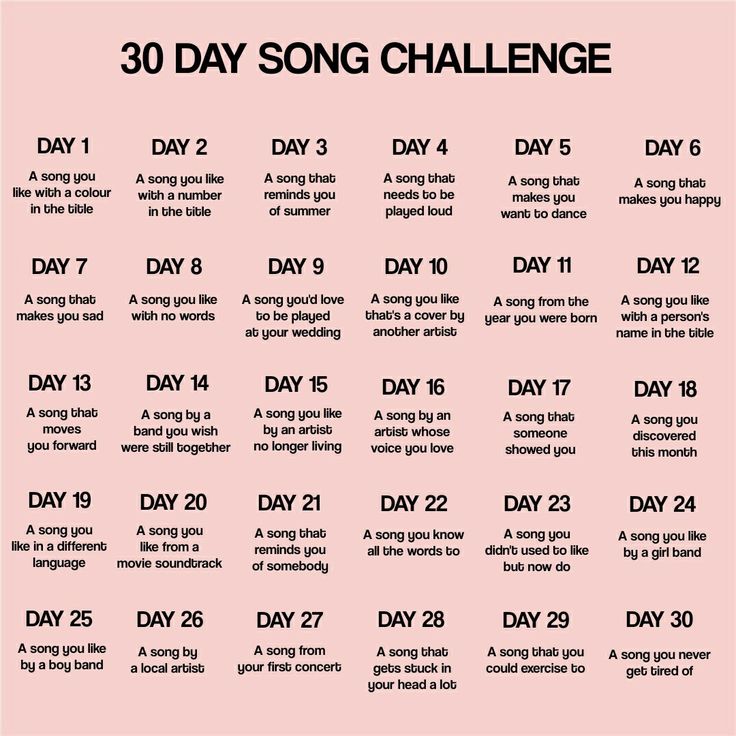 Take your time and use these songs to reinforce the learning process of your toddler while you have fun.
Take your time and use these songs to reinforce the learning process of your toddler while you have fun.
In this stage of their life, learning to identify colors helps your toddler to create a cognitive link between visual clues and words. As you know, there are many ways to improve your child´s development, music is one of the best ways to do that. While your toddler sings or listens to music, the brain develops the areas related to language and reasoning.
I hope you find this playlist useful. Don´t forget to share this article and also, share your experience in the comments.
The Red Color Song Nursery Rhyme Song | ChuChu TV | ChuChu TV Nursery Rhymes & Songs for Children, Vol. 2
- Gaana
- English Songs
- ChuChu TV Nursery Rhymes & Songs for Children, Vol. 2 Songs
- The Red Color Song Nursery Rhyme Song
More from ChuChu TV Nursery Rhymes & Songs for Children, Vol.
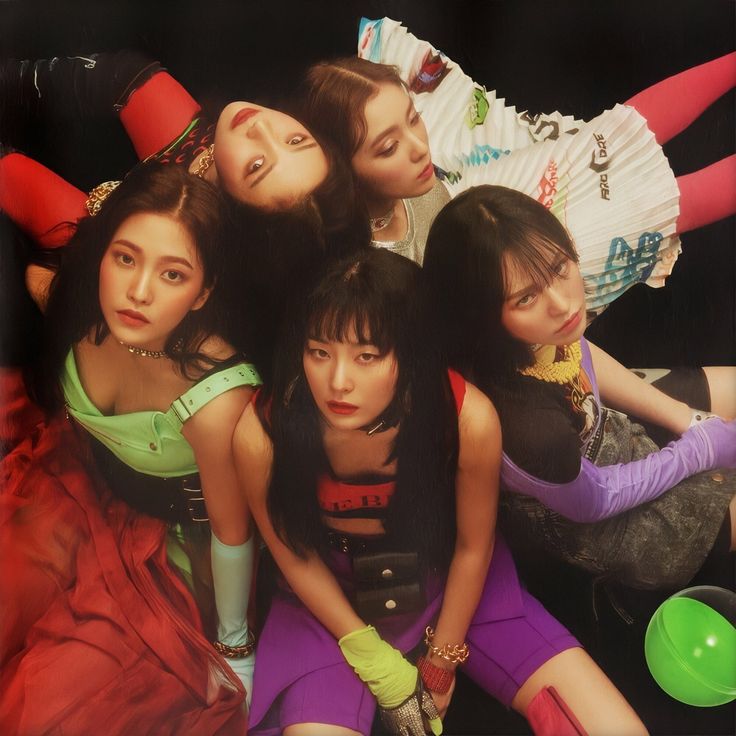 2
2Go to Album
- Wake up Good Morning Song Nursery Rhyme
ChuChu TV
- Brush Your Teeth Song Nursery Rhyme
ChuChu TV
- Lets Go to the Park Nursery Rhyme
ChuChu TV
- Lets Play in the Park Nursery Rhyme
ChuChu TV
- The Finger Family Song Nursery Rhyme
ChuChu TV
- Five Little Fingers Action Song Nursery Rhyme
ChuChu TV
- Three Little Kittens Nursery Rhyme
ChuChu TV
- Johny Johny Yes Papa Nursery Rhyme (Part 2)
ChuChu TV
- Johny Johny Yes Papa Nursery Rhyme (Part 1)
ChuChu TV
- Numbers Song Nursery Rhyme (Learn to Count from 1 to 20)
ChuChu TV
- Humpty Dumpty Sat on a Wall Nursery Rhyme - Version 2
ChuChu TV
- Wheels on the Bus Nursery Rhyme (Wild Animals Sounds)
ChuChu TV
- Wheels on the Bus Nursery Rhyme (Farm Animals Sounds)
ChuChu TV
- Wheels on the Bus Go Round and Round Nursery Rhyme (London City)
ChuChu TV
- Wheels on the Bus Go Round and Round Nursery Rhyme (New York City)
ChuChu TV
- Hickory Dickory Dock Nursery Rhyme (Part 2)
ChuChu TV
- Ding Dong Bell Nursery Rhyme (Kitty Cat)
ChuChu TV
- The Blue Color Song Nursery Rhyme
ChuChu TV
- The Green Color Song Nursery Rhyme
ChuChu TV
- The Brown Color Song Nursery Rhyme
ChuChu TV
- The Purple Color Song Nursery Rhyme
ChuChu TV
- The Orange Color Song Nursery Rhyme
ChuChu TV
- The Yellow Color Song Nursery Rhyme
ChuChu TV
- Finger Family Elephant Song for Kids
ChuChu TV
- Finger Family Hippo Song for Kids
ChuChu TV
- Finger Family Giraffe Song for Kids
ChuChu TV
- Finger Family Lion Song for Kids
ChuChu TV
- Egg Finger Family Song for Kids
ChuChu TV
- Five Little Monkeys Nursery Rhyme (The Robot Monkeys)
ChuChu TV
- Five Little Monkeys Jumping on the Bed Nursery Rhyme (The Smart Monkeys)
ChuChu TV
- Chubby Cheeks Nursery Rhyme (Love All Help All)
ChuChu TV
- Little Bo Peep Nursery Rhyme
ChuChu TV
- Here We Go Around the Mulberry Bush Nursery Rhyme
ChuChu TV
- PussyCat PussyCat Nursery Rhyme
ChuChu TV
- Numbers Song 1 to 10 for Kids
ChuChu TV
- Santa Is Coming, Christmas Is Coming
ChuChu TV
- The Blue Whale Song (Sea Animals Nursery Rhyme)
ChuChu TV
- The Leafy Sea Dragon Song (Sea Animals Nursery Rhyme)
ChuChu TV
- The Sea Otter Song (Sea Animals Nursery Rhyme)
ChuChu TV
- Ten Little Indians Nursery Rhyme
ChuChu TV
- Phonics Song for Children with Two Words
ChuChu TV
Song Artists
- ChuChu TV
Singer
About The Red Color Song Nursery Rhyme Song
Listen to ChuChu TV The Red Color Song Nursery Rhyme MP3 song.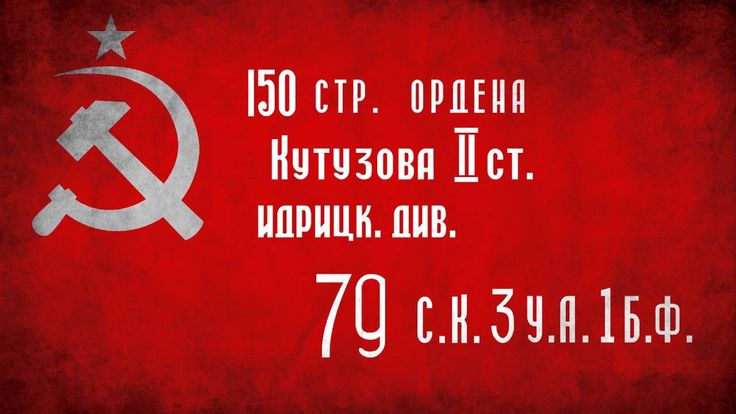 The Red Color Song Nursery Rhyme song from the album ChuChu TV Nursery Rhymes & Songs for Children, Vol. 2 is released on Jun 2016. The duration of song is 02:16. This song is sung by ChuChu TV.
The Red Color Song Nursery Rhyme song from the album ChuChu TV Nursery Rhymes & Songs for Children, Vol. 2 is released on Jun 2016. The duration of song is 02:16. This song is sung by ChuChu TV.
Related Tags - The Red Color Song Nursery Rhyme, The Red Color Song Nursery Rhyme Song, The Red Color Song Nursery Rhyme MP3 Song, The Red Color Song Nursery Rhyme MP3, Download The Red Color Song Nursery Rhyme Song, ChuChu TV The Red Color Song Nursery Rhyme Song, ChuChu TV Nursery Rhymes & Songs for Children, Vol. 2 The Red Color Song Nursery Rhyme Song, The Red Color Song Nursery Rhyme Song By ChuChu TV, The Red Color Song Nursery Rhyme Song Download, Download The Red Color Song Nursery Rhyme MP3 Song
Released onJun 21, 2016
Duration02:16
LanguageEnglish
© ChuChu TV
90,000 Easter dishes, songs, dances, games, round dances, customs. Easter, or Holy Resurrection of Christ, is the main Orthodox holiday.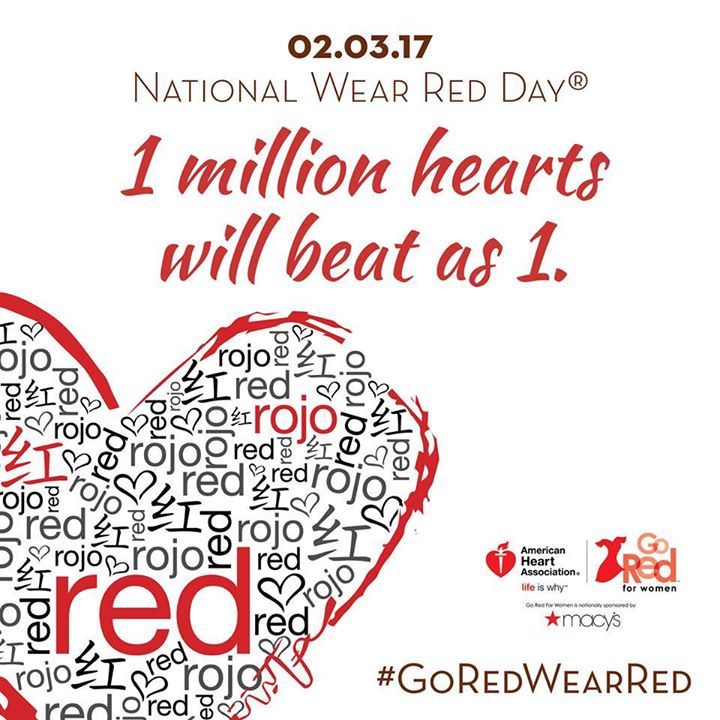 In Rus', both this day and the whole following week were fun: they cooked Easter traditional dishes - Easter cakes, curd Easter, - painted eggs, danced round dances, swung on a swing, went around houses with congratulations.
In Rus', both this day and the whole following week were fun: they cooked Easter traditional dishes - Easter cakes, curd Easter, - painted eggs, danced round dances, swung on a swing, went around houses with congratulations.
Let's remember how Easter was celebrated in the old days .
Games
Agnes Lindemann. Rolling Easter eggs (detail). Postcard. 1905. Yaroslavl Art Museum, Yaroslavl
The meeting of the Holy Resurrection of Christ included not only a solemn service in the temple, but also folk festivals. After many days of fasting and the rejection of entertainment, the celebration was held widely - with round dances, games, songs. Easter in Rus' was celebrated from 3 to 7 days, and in some regions - until the Trinity (celebrated 50 days after Easter).
A favorite pastime for Easter was egg rolling, or “rolling carts”. Each region has its own rules of the game. For example, in the Pskov region, a player rolled a colored egg along an inclined wooden plank or a non-steep hill and tried to knock down other eggs below with it.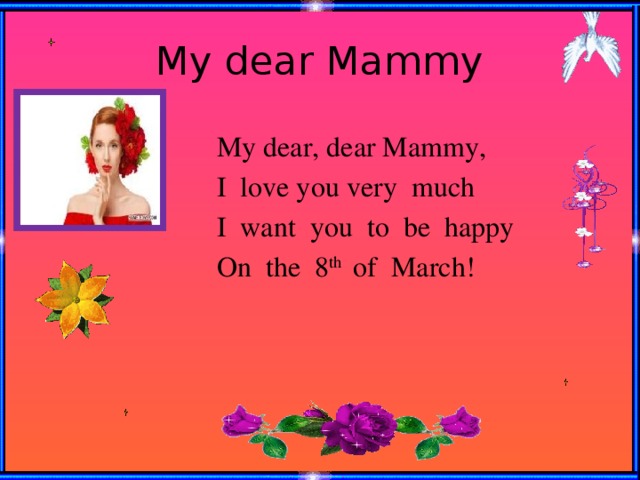 If the participant achieved the goal, then he took the beaten egg for himself and continued the game. If it missed, the next one entered the game, and the unsuccessfully rolled egg remained. Skillfully painted wooden eggs were often used, sometimes whole sets of such eggs were made especially for this entertainment. Wheelchairs are still played in some regions.
If the participant achieved the goal, then he took the beaten egg for himself and continued the game. If it missed, the next one entered the game, and the unsuccessfully rolled egg remained. Skillfully painted wooden eggs were often used, sometimes whole sets of such eggs were made especially for this entertainment. Wheelchairs are still played in some regions.
Also on Easter they set up carousels and large swings, in the Pskov region they were called "unsteady". It was believed that the future harvest depended on swinging on them. That is why they swung most often from Easter to Trinity, just during the active growth of wheat. There was also a belief that the swing helps to quickly find a husband or wife. In the Russian villages of the Udmurt Republic, this belief was preserved in Easter songs and ditties that were sung during the swing: “Red egg! / Tell the groom. / You won't say it - / We'll pump you up" , “There are swings on the mountain, / I’ll go and swing.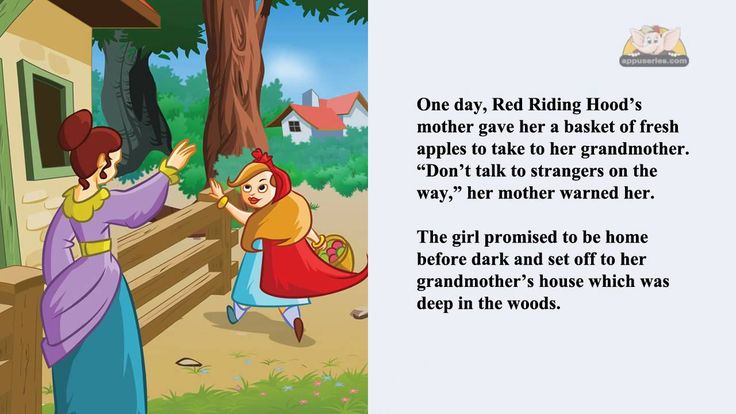 / I’ll take a holiday this summer, / I’ll get married in the winter” , “We’ll download it, we’ll get it, / I’ll marry it for myself” .
/ I’ll take a holiday this summer, / I’ll get married in the winter” , “We’ll download it, we’ll get it, / I’ll marry it for myself” .
Swing song "Red Egg" performed by D.P. Dubovtseva and E.M. Barmina from the city of Izhevsk, Udmurt Republic
Among the popular games was the game known as “in the eagle”, “in the toss”. It was most often played for money. The easiest way to play: one of the participants tossed a coin, and when it fell to the ground, the second had to guess, without looking, which side it fell up. Obverse (heads) always meant a win, reverse (tails) a loss. Therefore, the game got its name - "in the eagle". In some villages, it has been preserved to this day, for example, in the village of Kadyshevo, Ulyanovsk Region.
Songs
Philip Malyavin. Village dance (fragment). 1920. Private collection
Before the revolution, Easter songs were passed down from generation to generation. With the advent of Soviet power in families, this tradition almost disappeared, however, folklore ensembles at clubs often knew and sang them.
The main Easter hymn - the troparion "Christ is risen from the dead" - was performed during the church service. But in some villages it sounded not only in the temple. For example, in the Smolensk region they performed their own, folk version of the troparion. It was called "shouting Christ." The women who sang it did not spare their voices. "Christ was shouted" in any setting - at work, on the street, during festivities and festive feasts.
In some regions, words from oneself were added to the canonical text of the troparion. They asked God for the main thing: health, prosperity, good harvest. Such songs were sung in the Bezhetsky district of the Tver region. Here, for a long time, the tradition of walking around the village with the icon of the Mother of God was preserved for a long time - the villagers believed that this was how they protected themselves from all sorts of troubles.
In the Pskov region, girls and women sang songs on the very first day of Easter, and in the Cossack farm Yaminsky, Volgograd region, wide festivities began later - on the first Sunday after Easter (Krasnaya Gorka), and ended on Trinity. As a rule, they started celebrating here after lunch. The Cossacks gathered together on two opposite sides of the farm, set tables and sang songs - "lyuleyki" - as they were called because of the refrain "oh, lyuli, lyuli" . Then they moved to the center of the farm and laid a common table on the street.
As a rule, they started celebrating here after lunch. The Cossacks gathered together on two opposite sides of the farm, set tables and sang songs - "lyuleyki" - as they were called because of the refrain "oh, lyuli, lyuli" . Then they moved to the center of the farm and laid a common table on the street.
Dances and round dances
Nadezhda Nikulina. Round dance (fragment). 1964. Irbit State Museum of Fine Arts, Irbit, Sverdlovsk Region
With the end of Lent, the ban on dancing was also lifted. An integral part of the Easter festivities were round dances, which were led to special songs. In the village of Stropitsy, Kursk region, tanks were driven - special round dances of two types: circular and longitudinal. The circles looked like a theatrical performance. The dancers sang story songs and played different roles in them. Longitudinal tanks operated on the principle of a stream. These dances were performed only once a year, on Krasnaya Gorka.
Karagod song “Quit, nanny, work to work” performed by the folklore ensemble “Krestyanka” from the village of Russkaya Trostyanka, Ostrogozhsky district, Voronezh region
On the first two days of the celebration of Easter, they were special: they were attended by men who reincarnated as elders. To do this, they put on old clothes, disheveled their hair, and smeared mud on their faces. The "elders" stood inside the Karagod and danced, and the girls and women "went to the song" around them. Today, karagods can be seen at rural and school holidays - the round dance tradition is being passed on to a new generation.
To do this, they put on old clothes, disheveled their hair, and smeared mud on their faces. The "elders" stood inside the Karagod and danced, and the girls and women "went to the song" around them. Today, karagods can be seen at rural and school holidays - the round dance tradition is being passed on to a new generation.
During the Easter festivities in the villages of the Belgorod region, they performed a dance with a cross. It was based on the same round dance, but it was supplemented by a cross - a dance in which several people beat out two or three different rhythms with their heels, as if crossing each other. At present, this dance is performed by folklore groups at rural holidays and festivities.
Easter table
Mikhail Gardobey (Gardubey). Easter Day (detail). 1997. Museum complex named after I.Ya. Slovtsova, Tyumen
The morning meal after the strict Great Lent was an important moment in the celebration of Easter. On ordinary days, people ate rye bread, vegetables, cereals, and for the holiday they always baked sweet cakes from white flour, cooked Easter cottage cheese and dyed eggs. These dishes were consecrated in the temple during the service and brought home.
These dishes were consecrated in the temple during the service and brought home.
It was believed that the eggs consecrated in the temple had special miraculous and healing properties. During the meal, the father of the family peeled the first egg, cut it and distributed a piece to each member of the household. Throughout the Easter week, eggs were given to relatives, neighbors and acquaintances, treated to guests, and distributed to the poor.
Basically, the festive table differed little from region to region. They put Easter cakes, Easter, eggs, pies, meat dishes on it. But in some places the Easter food was very unusual. For example, in Tatarstan, among the Kukmor Udmurts, goose porridge was considered the main dish. In addition to her, women cooked in the morning unleavened cakes, scrambled eggs baked in the oven and small balls of tough pastry, fried in a pan and then buttered.
Differences in the celebration of Easter in this region are explained by the fact that the Christian holiday coincides in time with the local Akashka.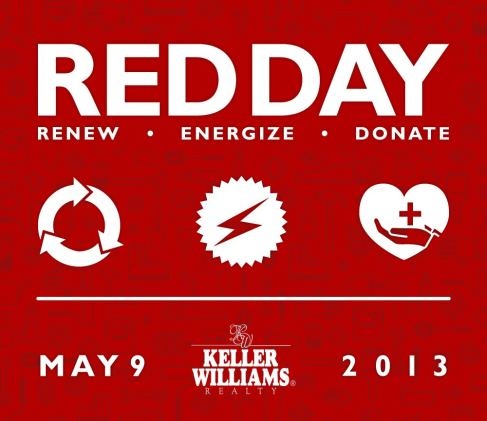 It symbolizes the beginning of spring and the agricultural year. According to the Akashka ritual, family members read prayers before meals, sing special drinking songs, go to visit their paternal relatives, symbolically sow the field. Today this holiday is celebrated not for a week, as before, but for one or two days.
It symbolizes the beginning of spring and the agricultural year. According to the Akashka ritual, family members read prayers before meals, sing special drinking songs, go to visit their paternal relatives, symbolically sow the field. Today this holiday is celebrated not for a week, as before, but for one or two days.
Traditions of the Easter week
Boris Kustodiev. Meeting. Easter Day (detail). 1917. Private collection
For a whole week after Easter in many villages people went around the yards and congratulated the owners on the holiday. Volochniks, as they called those who went from house to house, sang special dragging songs. It was believed that such a visit brings good luck and prosperity to the owners, and it was customary to thank them with something edible or money. In the Pskov region, the owners presented the volochebnikov with colored eggs, homemade sausage, lard, pies, butter, cheese, and honey. In some villages, only women "dragged", in others - only men, and in some there were whole Easter artels of draggers.
The dragging song “Draglings were dragging” performed by U.V. and E.V. Pozdnyakovs from the village of Boriskovo, Nevelsky district, Pskov region
In the Kostroma region, on the first Sunday after Easter, they went around the courtyards of the newlyweds. This rite was called "Vyunets". In the morning, the children called out to the newly-married spouses under the windows and sang the song “Young Young Lady”. Boys and girls came to call the newlyweds in the middle of the day, and adults came after dinner. The climbers first sang on the porch, then they were invited into the house and treated at the table.
The Kukmor Udmurts also had a custom reminiscent of traditional Russian bypass rituals. Young girls and boys riding on festively decorated horses drove into each yard and sang the call “Hurrah!” to the owners, calling them out into the street. Later, everyone sat down for a hundred, and the guests were treated to festive food.
How a romance by Alexander Vertinsky became the basis for a political song in Russia
The first political, but lyrical
The October Revolution was widely reflected in the work of Russian artists. Moreover, the attitude to events 19The year 17 was changing as rapidly as the fate of the leaders of the revolution. The creative intelligentsia tried to get used to the post-revolutionary reality. Reflection in rhymes, etudes and lines was traced in the works of Russian classics for many years to come.
Moreover, the attitude to events 19The year 17 was changing as rapidly as the fate of the leaders of the revolution. The creative intelligentsia tried to get used to the post-revolutionary reality. Reflection in rhymes, etudes and lines was traced in the works of Russian classics for many years to come.
The musicians interpreted "Red October" in their own way. There were also those who defended the "booed and ridiculed by the batteries" revolution and sympathized with it.
But there was a man among the musicians who could not share the enthusiastic pathos of the revolution with his colleagues.
This is Alexander Vertinsky, the famous Russian chansonnier, known at that time for his lyrical songs. His romance "What I have to say" became not only the anthem of the mourners, but also a real anti-war manifesto. Over time, the composition acquired political significance and brought both happiness and sorrow to the author.
According to the recollections of people who knew Vertinsky personally, the artist wrote this song under the impression of the death of the cadets who died on the streets of Moscow in battles with the Bolsheviks in October 1917 years old.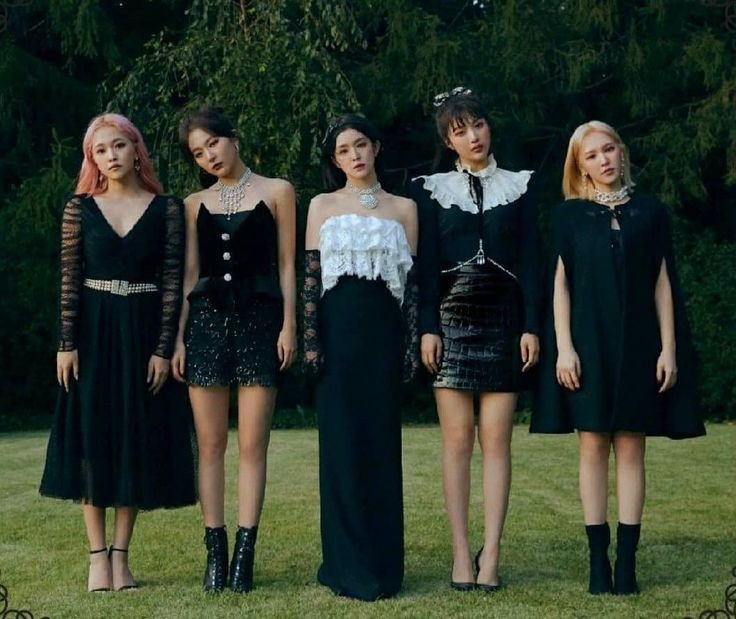 Legend has it that Vertinsky attended the funeral of young fighters, which served as inspiration for one of the main works of his career.
Legend has it that Vertinsky attended the funeral of young fighters, which served as inspiration for one of the main works of his career.
And although, in the classical sense of the genre, the romance had no social significance, Vertinsky turned out to be a real anti-war song, albeit completely atypical for him, music critic Vadim Ponomarev believes.
“In general, Vertinsky sang allegorically enough lyrically. Such social songs were not peculiar to him. But this is a great song with political overtones, anti-war. Now it doesn’t even matter what war it applies to. It can be projected onto any war,” he says.
Vertinsky himself recalled one of the first performances of the romance in his memoirs: I was already in shock, as they say. In full combat readiness. Coming to the edge of the ramp, I threw words like stones at the audience - furious, strong and angry! Nothing could be kept and stopped in me. The hall gasped, shocked and frightened. I sang: "Only so mercilessly, so evil and unnecessary, let them go to Eternal Peace.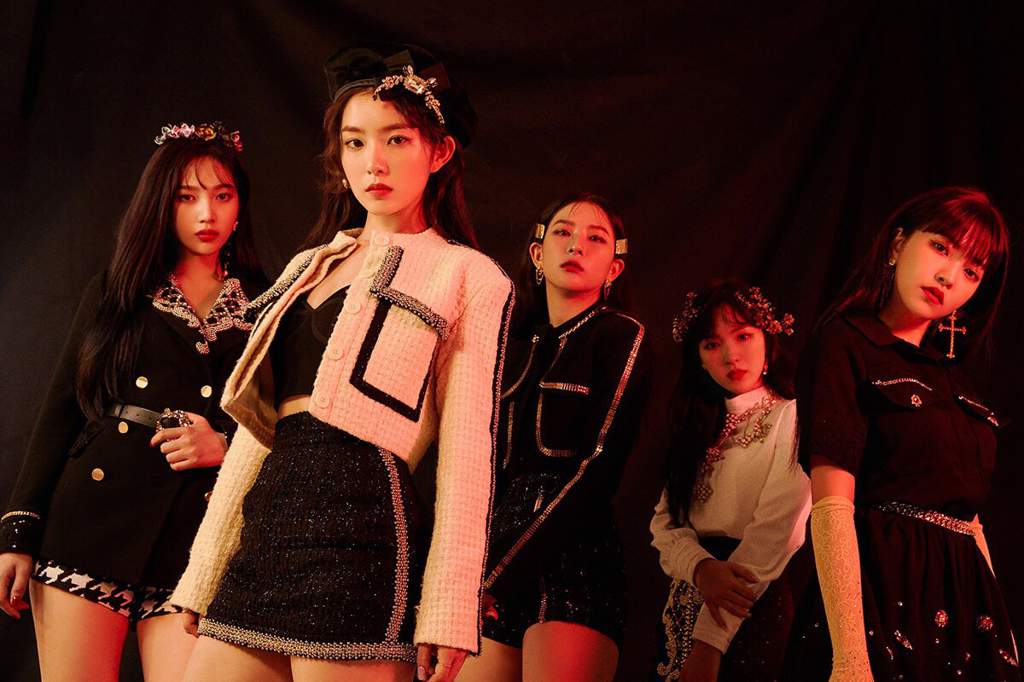 " I thought I was going to be torn apart! The hall trembled with frenzied applause. Screams, howls, whistles, tears and tantrums of women - everything was mixed into one continuous rumble. The crowd rushed backstage. They hugged me, kissed me, shook hands with me, thanked me, said something. I didn’t hear anything and I didn’t understand anything.”
" I thought I was going to be torn apart! The hall trembled with frenzied applause. Screams, howls, whistles, tears and tantrums of women - everything was mixed into one continuous rumble. The crowd rushed backstage. They hugged me, kissed me, shook hands with me, thanked me, said something. I didn’t hear anything and I didn’t understand anything.”
“Forgive me, my sister Yugoslavia”: how the Tatu group grew out of a song about NATO bombings
On June 10, 1999, the 78-day bombing of Yugoslavia by NATO troops ended. In the same year, 14-year-old Lena...
July 14 21:55
How Vertinsky opened the way for musical protest
By that time, Vertinsky was a popular artist with a set of songs that, in current terminology, were considered hits, music critic Artemy Troitsky explains. But it was the romance "What I have to say" that became the most important in the musician's career.
“It can be said that the same Boris Grebenshchikov has a lot of popular songs that people sing with him in the audience.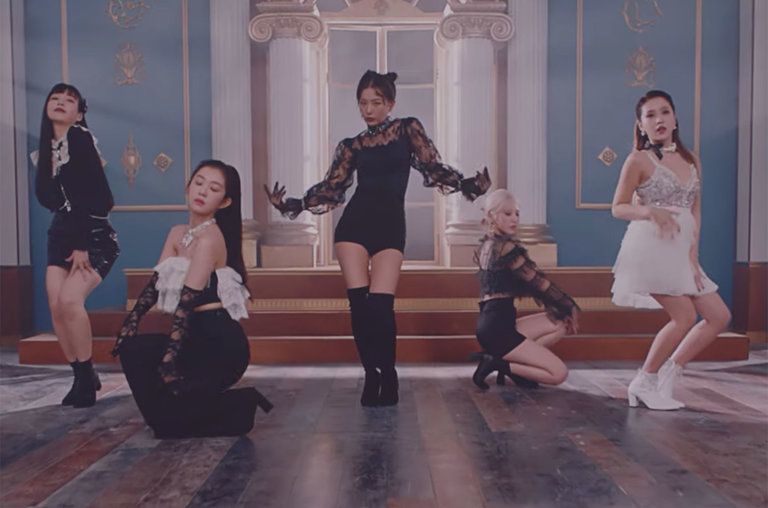 But he doesn’t have a more important song than, say, “Train on Fire”, in terms of social and socio-cultural, ”the critic notes.
But he doesn’t have a more important song than, say, “Train on Fire”, in terms of social and socio-cultural, ”the critic notes.
“If you remember Viktor Tsoi, the song “Changes” never belonged to his favorites. During her lifetime, she was not the main hit of Kino. But in a historical perspective, everything looks like it was their main song, although the guys themselves disparagingly called it "dumpling". “- Well, what are we going to play“ dumpling ”? “Oh, fuck her,” they said in the dressing room.
And this “dumpling” eventually turned out to be a great and iconic song and a symbol of resistance,” says Troitsky.
Troitsky emphasizes the historical significance of Vertinsky's romance and mentions it in his course of lectures entitled "100 Years of Musical Censorship in Russia".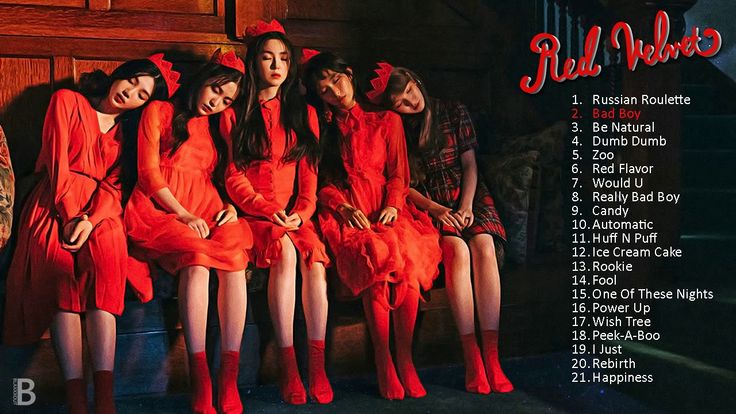 According to the critic, this romance is a kind of starting point, after which "everything else already follows."
According to the critic, this romance is a kind of starting point, after which "everything else already follows."
“It was the first new type of political protest song. I would say - the author's type. Such a quiet protest song,” he adds.
Political songs existed even before Vertinsky, the critic notes, but these were revolutionary mass songs, which, as a rule, were characterized by choral performance and combined elements of hymns and marches.
“Soviet hell was wildly not high for everyone”
The rock party of the late period of the Soviet Union foresaw the collapse of the country, musician Sergei “Spider” said ...
August 16 11:59
“And here is a quiet song, so personal, personal, where it’s not about the class struggle, uprising and revolution, but expresses the author’s personal position, and this position is clearly anti-state - this, I think, is the first song of this kind in Russian history” Troitsky concludes.
“We will have to, and we will forbid breathing”
Author of the book “Alexander Vertinsky.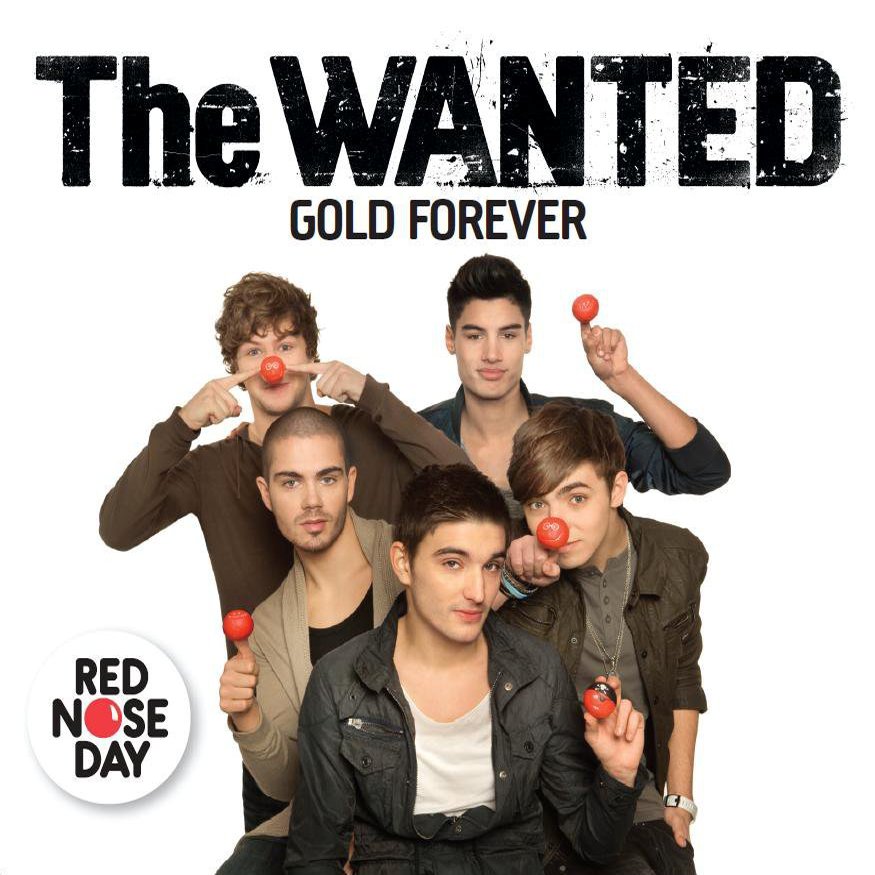 Portrait against the backdrop of time" Anatoly Makarov, in turn, believes that the artist should not be thought of in terms of political or social categories - "This is all from another opera. A sign of our times."
Portrait against the backdrop of time" Anatoly Makarov, in turn, believes that the artist should not be thought of in terms of political or social categories - "This is all from another opera. A sign of our times."
According to Makarov, Vertinsky was not a political fighter, and attempts to discern a political motive in his work are nothing more than a sign of today. The philologist notes that it was the human tragedy and its senselessness that really shocked Vertinsky.
“This is a human manifesto. This is crying. This is a sob, ”Makarov believes.
The philologist insists that Vertinsky was not a politicized person. Nevertheless, the Soviet state security agencies had a different view of his work.
When the artist was summoned for interrogation to the Extraordinary Commission (Cheka), Vertinsky, according to legend, realizing the possible consequences, threw in his heart to the operatives: “It’s just a song, and then, you can’t forbid me to feel sorry for them!” The master was answered categorically: “It will be necessary, and we will forbid breathing!”
“History is visually eloquent. This song was associated with the execution of junkers in Moscow during the October year. Actually, Vertinsky himself at the concert directly and directly connected the romance with this event. This, of course, influenced the Chekists. If it were not associated with current bloody events, and if it were only about the First World War, then it would be quite possible to do without the ban, ”says Artemy Troitsky.
This song was associated with the execution of junkers in Moscow during the October year. Actually, Vertinsky himself at the concert directly and directly connected the romance with this event. This, of course, influenced the Chekists. If it were not associated with current bloody events, and if it were only about the First World War, then it would be quite possible to do without the ban, ”says Artemy Troitsky.
For Yulia Milovich-Sheralieva, a culturologist and writer, lecturer at the Moscow Museum of the Silver Age, the anger of the security forces looks very logical in the context of that time.
“Vertinsky's logic contradicted the logic of the security agencies — mundane, real, substantive, which, unfortunately, is relevant here and now. But, as we see, after 105 years we are talking about Vertinsky, and not about those who forbade him to breathe, ”the culturologist draws attention.
Vertinsky soon leaves Moscow and goes to Kyiv, his hometown. From there he goes to Kharkov and eventually gets to Odessa.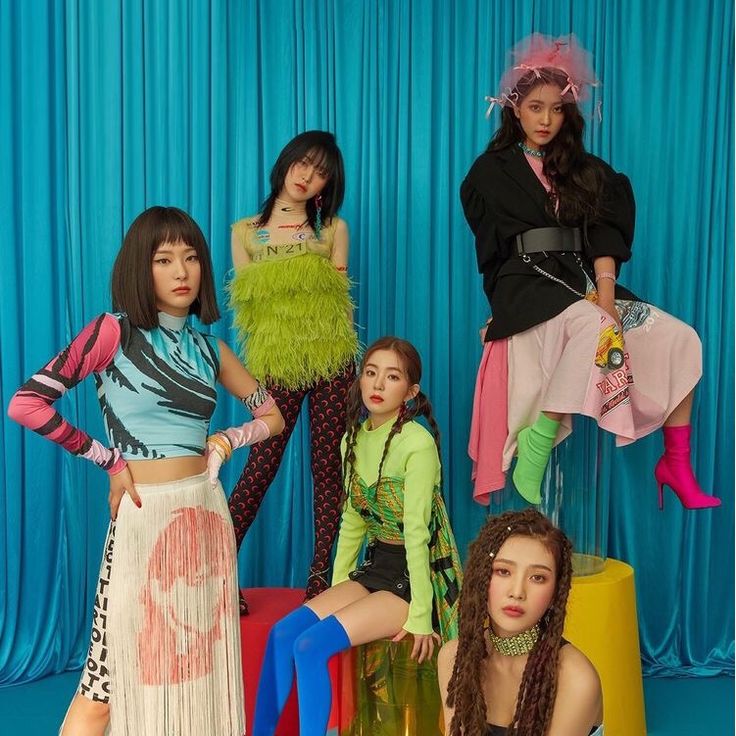 This southern port city will be the artist's last refuge before a quarter-century separation from his homeland.
This southern port city will be the artist's last refuge before a quarter-century separation from his homeland.
From Stalin to Trump: favorite artists and songs of world leaders
Former US President Barack Obama presented a playlist of the best songs for this summer - it includes tracks...
July 13 09:08
The philologist Makarov is sure that even Vertinsky's emigration was not connected with his political views: “He just lived his life. And when this life was gone, he went south for his audience. His songs were written not for the working class, but for the intelligent urban bohemia. She is his audience. If you follow, then all his life he followed his audience.
A stranger among his own
Vertinsky's ordeals around the world lasted about 25 years. During this time, the chansonnier visited Constantinople, Berlin and Paris. Ultimately, he settled in Shanghai, where at that time a Russian emigrant community was formed.
Over time, Vertinsky's homesickness turned into despair bordering on fatalism.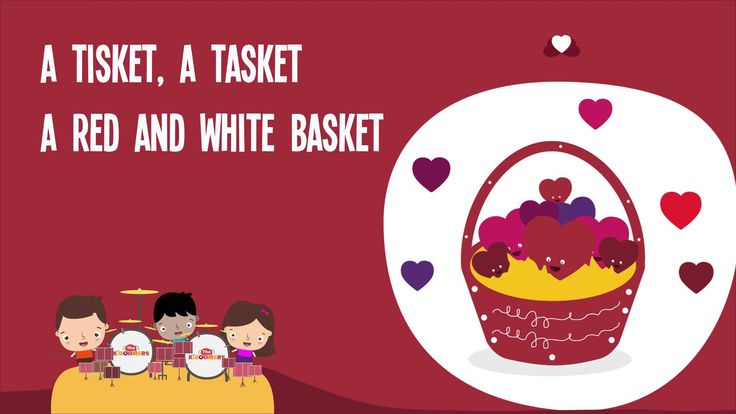
“A Russian who has lost his homeland no longer feels distance. In addition, he does not like anywhere and everything seems to be better somewhere. Therefore, during the years of emigration, we became real vagabonds. Since you don’t live at home, does it really matter where?” the poet recalled.
Vertinsky tried to return to Moscow since 1922, but was regularly refused. And only in 1943, at the very height of the War, did the Soviet government open the doors for him.
"The wolf does not perform in the circus": how Russian rap worked for the state
The Federal Treasury of Russia announced plans to hold a festival of patriotic rap. It is expected that...
Mar 06 22:41
The desire of the artist to return to his homeland, where he was threatened, and during active hostilities, does not correspond to any logic, Milovich-Sheralieva believes. “You have to be very Vertinsky,” she says about the poet’s aspirations.
The culturologist notes that the musician had a unique opportunity to observe what was happening in the country from the outside. Perhaps that is why he did not return either in the 20s or in the 30s.
Perhaps that is why he did not return either in the 20s or in the 30s.
A person who managed to live both in Constantinople and in Paris could not but see the transformations that Russian society went through.
“He was a friend among strangers and a stranger among his own. Although at the same time he connected one with the other. He brought the Silver Age to the USSR and drove the conditional USSR abroad. This is a unique link in the face of a single poet. This makes him precious and beautiful. This relationship continues to this day, ”the culturologist points out.
Echo of Afghanistan
After returning to the Soviet Union, Alexander Vertinsky traveled all over the country with tours. There were also rare roles in films, for one of which he was awarded the Stalin Prize. But the artist never saw his former glory until his death.
He was truly remembered in 1988, when Boris Grebenshchikov performed the romance "What I have to say" on central television.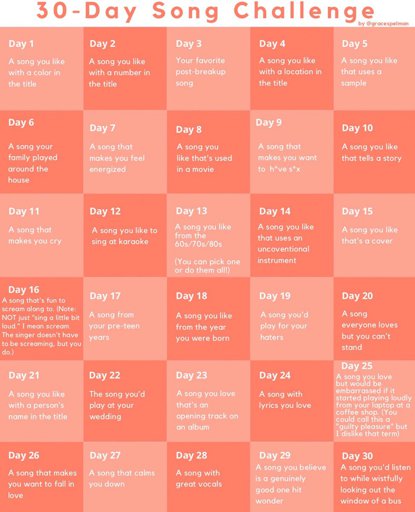 The anti-war anthem sounded again in Moscow, only this time in a slightly different context: Soviet troops were leaving Afghanistan after ten years of bloody battles. The country again asked the question: "who and why was it necessary?".
The anti-war anthem sounded again in Moscow, only this time in a slightly different context: Soviet troops were leaving Afghanistan after ten years of bloody battles. The country again asked the question: "who and why was it necessary?".
Here is how Grebenshchikov himself describes his acquaintance with the artist and his famous romance:
“Then I got a huge collection of Vertinsky on cassettes, and there I found this one, which I had never heard before; and was amazed at how exactly it coincided with the time of that time. And, of course, he could not help but start singing it.
The artist returned to this romance in the last decade. In February 2014, speaking in Smolensk, Grebenshchikov dedicated Vertinsky's romance to those who died on the Euromaidan: "The thought does not leave me that at this very minute, when we are singing here, in Kyiv, not far from us, some people are killing others. "
"
According to Grebenshchikov, it doesn't matter to him whether this song is considered a political manifesto or not. “It doesn’t change anything,” the musician says.
Who needs Vertinsky and why today
Today Alexander Vertinsky's art is experiencing a real renaissance. Films are made about him with the soundtrack of Antokha MC. Books are written about the life of a chansonnier.
Answer to Trump: world stars banned their songs in politics
Elton John, Sia, Mick Jagger and many other famous musicians complained about copyright infringement on...0005
July 29 19:10
However, the culturologist Milovich-Sheralieva notes that Vertinsky again became relevant even earlier, in the late 90s, "when an atmosphere of decadence and decadence reigned in the country."
“All this decadent aesthetics was beautiful and scary. We had the experience of anticipating some special time,” she admits.
According to Artemy Troitsky, decadence, decadent-depressive, near-emigre moods are still preserved in Russia, so Vertinsky's music is more relevant than ever.
“Speaking specifically about the song-romance… I think that this theme of the senseless death of young people in the war for the sake of a mediocre state is just as relevant and in demand now as during the First World War and the war in Afghanistan. Now Russia is also participating in military conflicts, albeit not on such a large scale. So the relevance of Vertinsky and his anti-war romance does not surprise me, ”concludes Troitsky.
Singer Nadezhda Gritskevich, performing under the name "Naadya", presented in 2019year his version of the romance "What I have to say." The artist is clearly aware of the political context of the romance, but this is not the only reason why she covered this particular chansonnier composition.
“I was preparing this cover for a concert dedicated to the anniversary of Alexander Vertinsky, and when choosing a song, I listened to a lot of material, but I was dumbfounded at this romance - it struck me so much. Most of all, moreover, I was struck not by the first and not the last lines of this song, which are tragic and sublime to a certain extent, but by “some woman with a distorted face”, who “kissed the deceased on blue lips” and “threw a wedding ring at the priest »» — says Gritskevich.
Most of all, moreover, I was struck not by the first and not the last lines of this song, which are tragic and sublime to a certain extent, but by “some woman with a distorted face”, who “kissed the deceased on blue lips” and “threw a wedding ring at the priest »» — says Gritskevich.
“Every word in these lines is beautiful. And so skillfully go from the general into the particular, into the personal, into the living and distorted - I would like to be able to do that. It delighted me, and therefore I took this song so close to my heart, - the singer explains. —
That is why the romance "What I have to say" is still relevant as a commentary on the political situation. Because politics is always about the general, the future, the promise, and for it we are all some kind of women with a distorted face.”
Vadim Ponomarev believes that modern musicians are interested in Vertinsky precisely as a foundation for creative experiments.
Eternal Woodstock: impulse of freedom
Sometimes a few breakthrough hours in the space of culture are more effective than months of political struggle. 50 years ago...
50 years ago...
September 08 13:19
“If Grebenshchikov sang romances to the simplest guitar picking, then new musicians are trying to find new sensations in Vertinsky's music. This is a more productive approach, from which a lot of interesting things can be born,” Ponomarev believes.
Boris Grebenshchikov, in turn, notes that Vertinsky's popularity among young musicians is due to his skill.
Vertinsky's anti-war manifesto, its artistic subtlety are topical in today's situation, Milovich-Sheralieva believes:
“This is acute, because we are now on the verge, at the peak, at the limit. There is a sense of both horror and curiosity. Stop, what's next. It will happen again, or it will get worse and worse. In the air, this is always a mutual process: both political processes and cultural ones are inseparable. There is something in the air, and this is reflected in creativity. This romance will be relevant as long as war, confrontation and manipulation are relevant.

